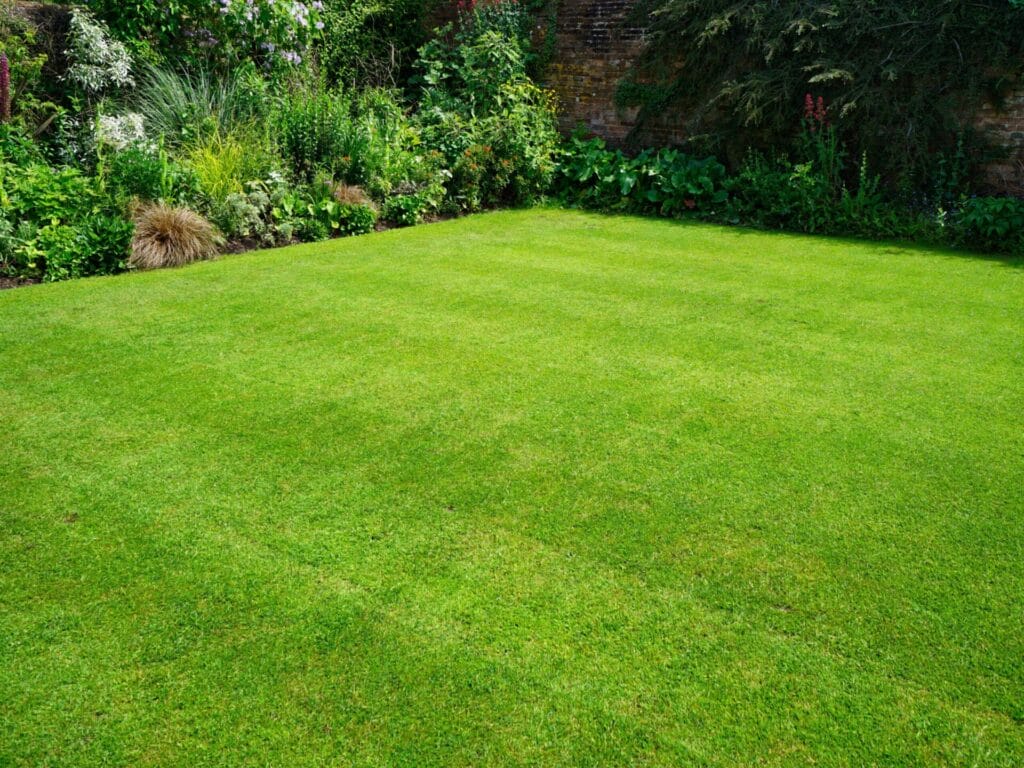The Ultimate Lawn Care Schedule for Georgetown, Texas (Month-by-Month Guide)
Georgetown, Texas, with its mild winters and hot summers, offers a unique climate for lawn care. If you’re a homeowner looking to keep your lawn lush, healthy, and vibrant year-round, following a seasonal lawn care schedule tailored to Georgetown’s specific weather patterns is essential. This month-by-month guide will help you maintain a beautiful lawn throughout the year.
January: Winter Lawn Maintenance
January in Georgetown is typically mild, with cooler temperatures and occasional frost. While grass may go dormant during this time, it’s a great month to focus on maintaining your lawn.
- Rake leaves and debris: Remove fallen leaves to prevent them from suffocating your grass.
- Fertilize your lawn: Use a slow-release, nitrogen-rich fertilizer to promote strong growth when spring arrives.
- Inspect lawn equipment: Take this time to clean and sharpen your lawn mower and other equipment.
February: Preparing for Spring Growth
February marks the end of winter, and it’s the perfect time to prepare for the growing season. Georgetown’s climate begins to warm up, making it crucial to get your lawn ready.
- Apply pre-emergent herbicide: This helps prevent weed seeds from germinating as the weather warms.
- Aerate your lawn: Aeration helps alleviate soil compaction and allows water and nutrients to reach the roots more efficiently.
- Check soil pH: Use a soil test kit to determine if your soil needs lime or other amendments for optimal grass growth.
March: Early Spring Lawn Care
As March brings warmer temperatures, your lawn will begin to come out of dormancy. Early spring care is vital to set the stage for a lush lawn.
- Fertilize with a balanced fertilizer: Choose a fertilizer with nitrogen, phosphorus, and potassium for healthy growth.
- Seed and overseed: If your lawn has bare spots or thinning grass, overseed with a grass variety that thrives in Georgetown’s climate, like Bermuda or Zoysia.
- Mow regularly: Set your mower height to 2–3 inches to encourage healthy grass growth and avoid scalping.
April: Weed Control and Lawn Maintenance
By April, Georgetown’s warm weather will fully kick in. The grass is actively growing, and it’s time to stay on top of weeds and regular lawn maintenance.
- Apply weed killer: Use post-emergent herbicides to eliminate any weeds that have popped up in your lawn.
- Water deeply: Aim to water your lawn deeply but less frequently. Early morning is the best time to water to avoid evaporation and fungal growth.
- Mow frequently: As the lawn grows faster, mow your grass once a week.
May: Summer Lawn Prep
May brings heat to Georgetown, so preparing your lawn for the summer is crucial to ensure it remains healthy through the hotter months.
- Fertilize with slow-release nitrogen: Apply a slow-release fertilizer to promote steady growth throughout the summer.
- Increase watering: As temperatures rise, your lawn may need more water. Ensure your lawn gets 1–1.5 inches of water per week.
- Check for pests: Keep an eye out for pests like grubs or ants, which can damage your lawn.
June: Summer Lawn Care
By June, Georgetown’s lawn care needs are focused on heat tolerance and water management.
- Water wisely: Water your lawn in the early morning or late evening to prevent evaporation and encourage deep root growth.
- Mow high: Raise your mower blade to 3–4 inches to help shade the soil and retain moisture.
- Fertilize if needed: If your grass is looking pale or weak, apply a balanced fertilizer with a higher potassium content to help the lawn endure summer stress.
July: Hot Summer Months
July can bring some of the hottest days of the year. Georgetown lawns require extra care to thrive during this time.
- Water deeply and less frequently: Watering every 3–4 days will help prevent shallow root systems and stress.
- Reduce mowing frequency: Grass growth slows down in extreme heat, so mow less often and leave the grass a little longer.
- Check for pests: Insects like chinch bugs thrive during the summer. Look out for damaged or yellowing patches of grass.
August: Maintaining Your Lawn in the Heat
As Georgetown experiences its peak summer temperatures, your lawn will need consistent care to avoid stress.
- Water early in the day: Morning watering is the most effective, as it reduces water loss through evaporation.
- Aerate your lawn: If you haven’t already, consider aerating your lawn now to improve water absorption and oxygen flow to the roots.
- Fertilize again: Use a light, slow-release fertilizer to provide nutrients for your lawn.
September: Fall Lawn Care Begins
As the weather cools down in September, it’s time to start preparing your lawn for the fall and winter seasons.
- Overseed bare patches: If there are any areas of your lawn that need extra care, overseed them with cool-season grass varieties.
- Aerate again: Aeration is crucial for allowing fall fertilizers and water to penetrate deeper into the soil.
- Fertilize: Apply a balanced fertilizer to give your lawn the nutrients it needs to stay strong going into the cooler months.
October: Fall Lawn Maintenance
October brings cooler temperatures to Georgetown, and it’s time to transition to your fall lawn care routine.
- Apply a fall fertilizer: Use a high-potassium fertilizer to help your lawn withstand the winter months.
- Rake leaves: As leaves fall, rake them up to prevent them from blocking sunlight and airflow to the grass.
- Prepare for winter: Keep mowing, but gradually reduce the height of your mower blades.
November: Pre-Winter Lawn Care
November sees cooler temperatures and the potential for frost. Now’s the time to finish off your lawn care routine for the year.
- Stop fertilizing: Avoid fertilizing late in the season to prevent new growth that may not withstand the cold.
- Clean up debris: Remove any remaining leaves or debris to keep your lawn healthy and ready for winter dormancy.
- Mow one last time: Mow the lawn one final time before the first frost hits, setting the mower to a lower setting.
December: Winter Lawn Care
December is generally cold and dormant in Georgetown, but don’t forget about your lawn completely.
- Inspect for winter damage: Look for signs of fungal disease, dead spots, or areas of your lawn that may need attention come spring.
- Protect grass from heavy foot traffic: Avoid walking on the lawn too much during winter to prevent compaction and damage.
Conclusion
Maintaining a healthy and vibrant lawn in Georgetown, Texas, requires year-round attention and a tailored approach to the region’s unique climate. By following this month-by-month lawn care schedule, you’ll ensure your lawn remains lush and thriving throughout the year. Happy gardening!

